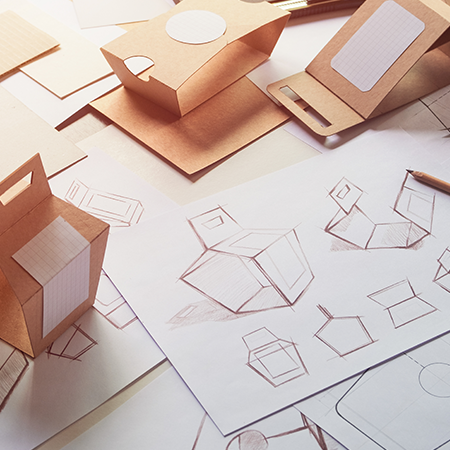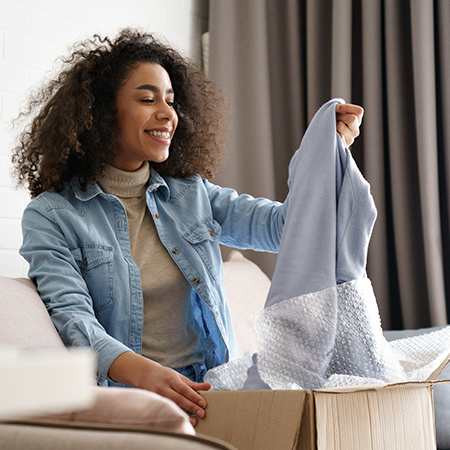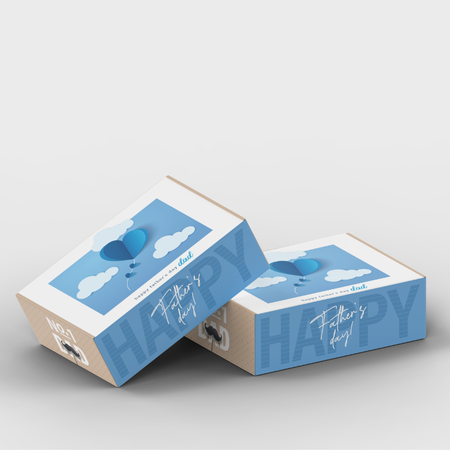If you need to know exactly how the design and quality of your boxes are expected to come out before producing a large quantity, your best bet is probably going through the prototype stage.
Nothing is worse than investing a lot of time and money in a project and then realizing that you don't get what you were hoping for at the end.
Let's take a look at some explanations why checking & validating the packaging is necessary before you make the final decision to manufacture hundreds or thousands of it.
Product Fitting
If you take the package to your manufacturer for detailed measurements, it can be a little difficult to calculate the exact proportions for your box, particularly for goods with unusual shapes.
It would be an excellent option to get an unprinted sample to verify the structural design and make sure the product fits exactly as you would expect.
Printing Verification
Don’t forget that different output results will be created by the color gamut on screen (RGB) and on print (CMYK).
In other words, if you don't convert your artwork on Illustrator from RGB to CMYK, you won't get the same level of printing that you can get from your design when it's printed.
Nonetheless, converting the color mode of your artwork is not the last step. Following the required artwork guidelines is one thing but missing the nitty-gritty details of the design of the artwork is another.
For this reason, many choose either a custom digital sample or a production-grade sample to identify flaws that may not be visible on the screen.
Another benefit of having a package sample is that you are able to examine the actual sample and find defects that were not apparent in the online documentation.
It also gives you the opportunity to discuss possible upgrades, tweaks, or changes that you might want to make in the final production process.
What Are The Options?
There are a number of options for you to request a sample packaging from your supplier.
Existing Sample
One of the simplest way you can get a sample of packaging is by asking the supplier for an existing sample.
These existing samples are typically created for a previous customer. The existing sample will help you to determine whether the stock, thickness, printing and coating is ideal for your project.
Existing samples are a lot more cost-effective than custom samples.
Custom Sample
A custom sample is exactly what it is. Such samples are made according to the exact requirements of the project and would be of the same quality if they are produced in full production.
The custom sample gives you a good picture of what the product would look like when it comes to full production, and these samples are a perfect way to assess the quality of production and help you determine whether or not you want to continue with the shipment.
You may ask for two forms of custom sample:
Production-Grade Sample: Offset printed sample (longer turnaround time, higher cost)
Digital Grade Sample: Digital printed sample (faster turnaround time, lower cost)
Standard White Sample
Standard white samples are plain white boxes that do not hold any logos and which are usually used for easily verifying the consistency of the material.
This alternative is the most cost-effective of all three and usually the easiest to manufacture. If you're running a little tight on your project schedule and need to make sure the packaging suits the goods well, regular tests are the way to go.
A packaging sample is a simple and trouble-free way to get a snapshot of how the final packaging would appear in physical form and is completely necessary to verify the structure/quality of the packaging.
A sample helps you to ensure that the packaging's physical consistency is up to project expectations and is precisely what is expected for the whole manufacturing cycle.
It essentially rules out any risks of mismatches between what you planned and what you get regarding quality and design.










